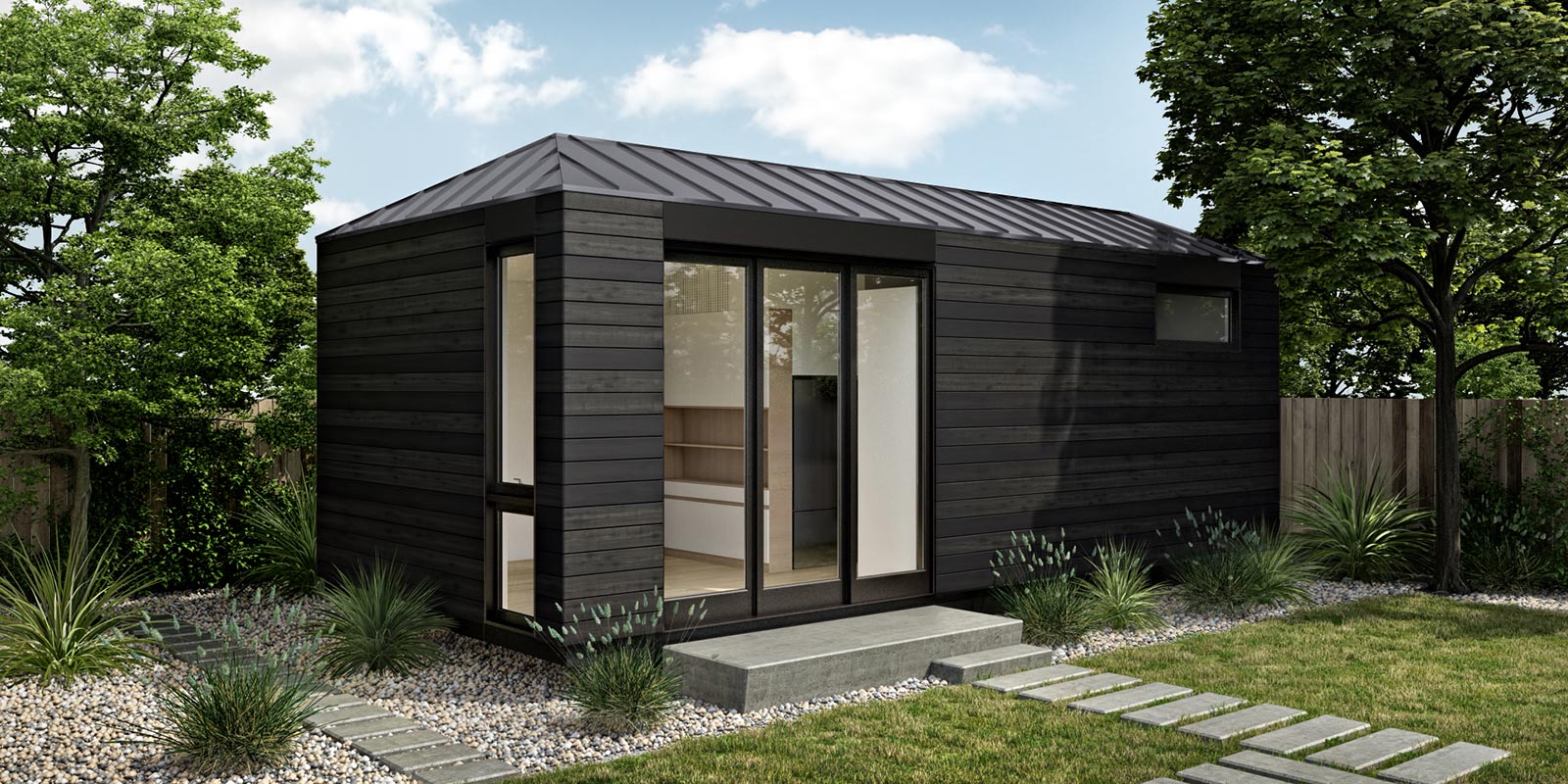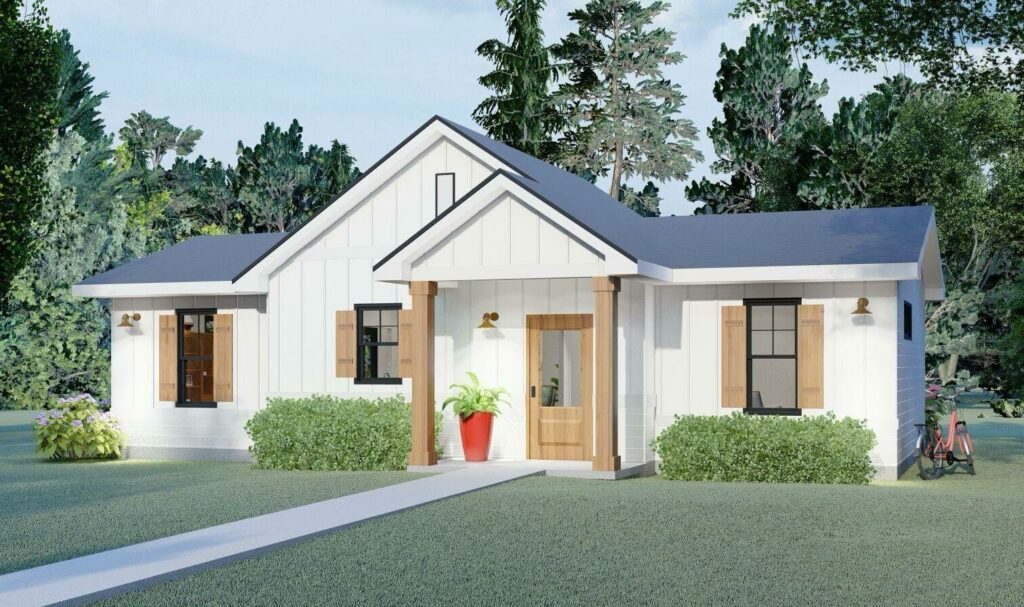
Like many cities across the United States, Omaha is facing challenges related to housing affordability and availability. Big news was announced recently as Omaha City Council approved ordinance changes, opening the doors to accessory dwelling units (ADUs) citywide, and opening opportunities for more affordable housing across the city.
With a goal for 30,000 more housing units by 2030, this approval is the first recommendation to be acted on from the city’s Housing Affordability Action Plan. As the housing market is evolving and the need for affordable living options is on the rise, city planners and advocates view ADUs as a practical way to accommodate the needs of changing households, address issues of housing affordability, and accommodate our growing community, while making good use of already developed land.
What’s an Accessory Dwelling Unit Anyway?
Simply put, they’re additional small houses or apartments tucked away on a single-family residential property. Think carriage houses, apartments above garages, or those beloved mother-in-law houses. These living spaces are designed with a kitchenette, bathroom, bedroom, and a small living area.
ADUs foster community, cater to diverse lifestyles, and embrace sustainability. Whether it’s offering income-producing properties for homeowners, a space for adult children to live, or giving folks a chance to age in place, ADUs bring many benefits to the table.

Image of winning ADU design by APMA
AARP Nebraska held a competition for ADU designs to increase awareness about ADUs and how they can meet Omaha’s housing needs. You can check out the contestants’ entries from their ADU for U/Omaha competition here. The goal was to offer designs that were age-friendly and consistent with home styles in the area. The contestants delivered unique and beautiful designs and addressed practical needs.
Economic Benefits
From an economic perspective, ADUs stimulate local economies by creating jobs in construction, design, and property management. ADUs contribute to sustainable urban growth while minimizing environmental impact. Zoning of ADUs in Omaha is encouraged along the ORBT bus line to increase the usage of public transportation systems. Allowing Omaha to stay committed to sustainable growth and inclusive urban development!
Navigating the ADU Landscape in Omaha
The previous ADU approval policy was from the 1980’s. Which stated if you wanted to build and ADU you would need to get 50 percent of neighbors to sign off. The new zoning changes make it easier for the homeowner or aspiring tiny home dweller to gain approval by removing the restrictive approval processes. Here’s the lowdown on what the new requirements entail:
- Individual owners will be able to apply for an ADU permit without having to get a neighbor’s approval.
- Each residential lot can host one ADU, offering flexibility without overwhelming our neighborhoods.
- ADUs must adhere to city regulations, ensuring they blend seamlessly into our urban landscape.
- Planning Department approval streamlines the process for building ADUs in denser residential zones, reducing red tape and empowering homeowners.
- An ADU can’t be larger than 750 square feet.
From creating multigenerational living spaces to new income streams for homeowners, ADUs will hopefully bring more housing and opportunities to our community.

I disagree with that approach we are not short of land is just overpriced, but I agree with more affordable housing regardless, i would like to assist,
i have quite a few connections in town. I think instead of a trolley how about a bus that runs 10-20 miles out of city to a plot we could build 50 or 100. The previous homeless project from my understanding was outrageously overpriced, considering built by college students etc. Etc.